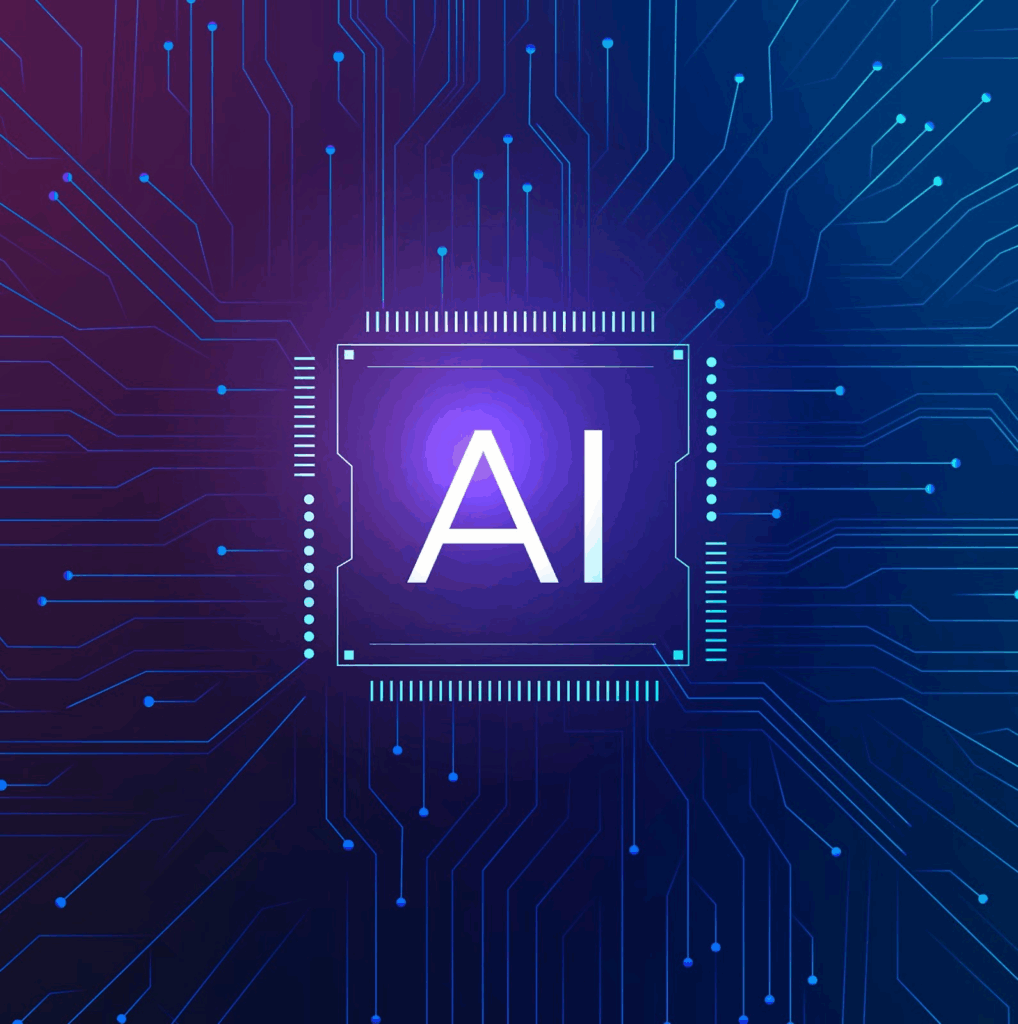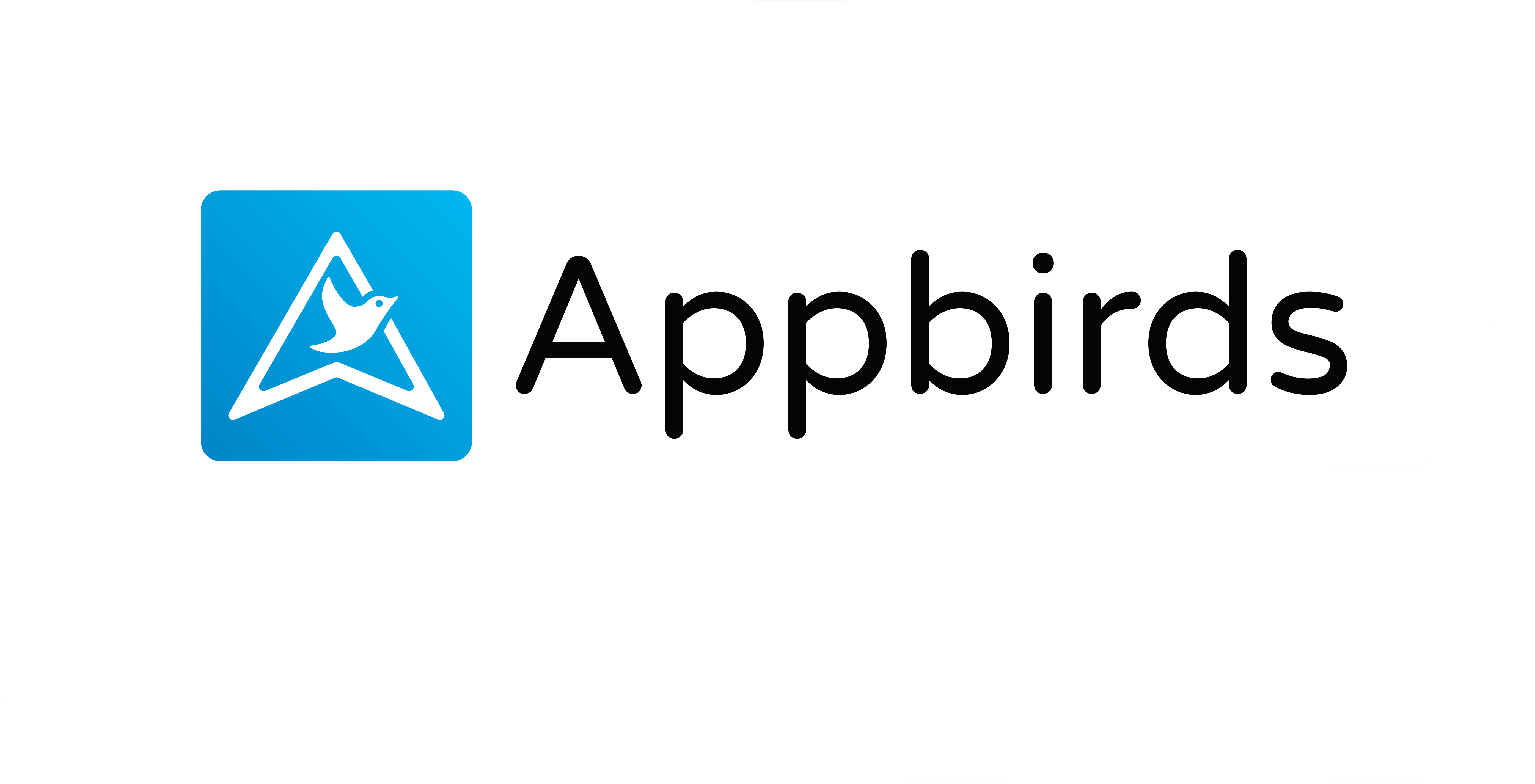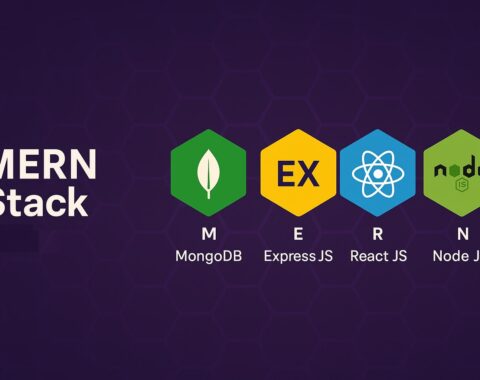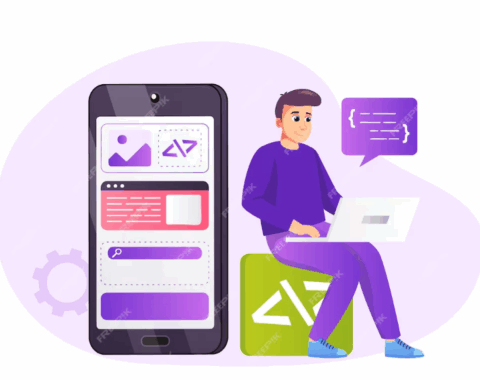Summary
Choosing between On-Device AI and Cloud AI is crucial for delivering the right user experience. On-device AI offers speed, privacy, and offline functionality, while cloud AI provides powerful processing, scalability, and real-time data insights. Discover which approach – or hybrid solution – best fits your app’s goals, performance needs, and user expectations.
Introduction
Artificial Intelligence (AI) is no longer just a futuristic concept – it’s already reshaping how apps function, think, and interact with users. Whether it’s voice assistants, real-time translation, smart camera filters, or personalized content recommendations, AI plays a pivotal role in enhancing app experiences.
But a critical architectural decision developers face today is where this intelligence should live: On the device or in the cloud?
This blog by Appbirds Technologies, a leading mobile app development company, dives deep into the On-Device AI vs. Cloud AI debate, exploring their strengths, limitations, and how to choose the best solution for your app’s unique goals and constraints.
What is On-Device AI?
On-Device AI refers to AI models that run directly on a user’s smartphone, tablet, or edge device (like smartwatches or IoT devices), without needing a continuous connection to external servers.
These models are optimized for low-latency, privacy-centric, and offline experiences. With the rise of edge computing and powerful mobile processors like Apple’s Neural Engine and Google’s Tensor Processing Units (TPUs), on-device capabilities are stronger than ever.
What is Cloud AI?
Cloud AI uses powerful remote servers to process data, run machine learning models, and return results to the device over the internet. It’s the classic model of sending data to the cloud for analysis and receiving insights or outputs in response.
Cloud-based AI can leverage enormous computational power, access to large datasets, and centralized updates, making it ideal for complex, high-volume tasks.
Key Differences Between On-Device AI and Cloud AI
| Feature | On-Device AI | Cloud AI |
| Latency | Ultra-low (real-time) | Higher (depends on internet speed) |
| Internet Dependence | Works offline | Requires stable connection |
| Privacy | High (data stays on device) | Lower (data is sent to servers) |
| Computational Power | Limited to device capabilities | Near-unlimited cloud resources |
| Model Updates | Must be pushed to devices | Can be instantly deployed to cloud |
| Energy Consumption | May drain battery faster | Energy used in cloud infrastructure |
| Scalability | Challenging per-device | Highly scalable centrally |
Pros and Cons of On-Device AI
Advantages
- Privacy and Data Security: Personal data never leaves the device, reducing the risk of breaches and complying more easily with regulations like GDPR.
- Low Latency and Real-Time Processing: Processing happens instantly, perfect for applications like augmented reality, camera filters, or voice transcription.
- Offline Capability: Works even when the user is in airplane mode or in areas with poor connectivity.
- Reduced Bandwidth Costs: No need to upload heavy data (like video or audio) to the cloud.
Disadvantages
- Hardware Limitations: Mobile devices can’t handle very large or deep neural networks without compromising performance or battery life.
- Difficult to Update Models: Updating models requires updating the entire app or sending updates over-the-air.
- Development Complexity: Optimization for different devices and chipsets can be complex and time-consuming.

Pros and Cons of Cloud AI
Advantages
- Powerful and Scalable: You can run massive AI models, train them with petabytes of data, and scale as needed.
- Easy to Update and Maintain: Models can be updated centrally without needing to update each device.
- Better for Complex or Data-Heavy Tasks: Tasks like fraud detection, recommendation engines, and natural language understanding thrive with cloud resources.
- Integration with Other Cloud Services: Cloud AI can integrate with analytics, databases, and APIs more easily.
Disadvantages
- Latency and Dependence on Connectivity: If the user’s internet is slow or unavailable, your AI features may lag or stop working.
- Privacy Concerns: Entrusting sensitive data to the cloud increases the risk of surveillance and ethical misuse.
- Bandwidth and Server Costs: Processing large volumes of data in the cloud can become expensive.

When to Choose On-Device AI
- Your app needs to work offline (e.g., health trackers, travel tools, translators).
- Privacy is paramount, like in health, finance, or children’s apps.
- You need real-time responsiveness, such as AR filters or motion detection.
- Your AI use case involves small, lightweight models (e.g., gesture recognition, keyword detection).
Examples:
- Google Translate’s offline mode
- Face unlock on smartphones
- Smart camera filters (Snapchat)
When to Choose Cloud AI
- Your AI tasks require massive processing power, like training or inference on deep learning models.
- You need to process and learn from large data sets (e.g., behavioral analysis).
- You want to deploy frequent updates to your models.
- Your app can afford latency and internet dependency (e.g., recommendation systems, fraud detection).
Examples:
- Netflix recommendations
- ChatGPT-style conversational AI
- Real-time language translation over cloud
Hybrid Approach: The Best of Both Worlds?
In reality, many modern apps use a hybrid AI model: a combination of on-device and cloud-based intelligence.
Here’s how it might work:
- On-device AI handles basic tasks and data preprocessing.
- Cloud AI kicks in for more complex analysis or personalization.
Example:
A fitness app could use on-device AI to detect user activity like running or walking, while syncing user progress and personal recommendations from the cloud.
How to Decide: 5 Key Questions
- What is your app’s primary use case?
Real-time tasks = On-device. Complex analysis = Cloud. - How important is user privacy?
If you’re collecting sensitive data, on-device is safer. - What are your user’s connectivity conditions?
Targeting users in rural or low-internet areas? Go on-device. - How often do you need to update the AI model?
Frequent changes are easier to manage in the cloud. - What devices are you targeting?
If your users are on older phones, don’t overburden them with heavy on-device models.
Why Choose Appbirds Technologies for AI-Driven App Development?
At Appbirds Technologies, we understand that AI is not just a feature – it’s a foundation for the next generation of intelligent apps. Here’s why clients across industries choose us:
- Custom AI Architecture: We assess your app’s needs and design the right architecture – on-device, cloud, or hybrid – to deliver optimal performance and scalability.
- User-Centric Development: From offline-first solutions to real-time AI experiences, we build apps that delight users and work seamlessly across all devices.
- Full-Stack Expertise: Whether it’s computer vision, natural language processing, predictive analytics, or chatbots – we integrate advanced AI tools tailored to your business.
- Future-Ready Solutions: Appbirds stays ahead of the curve with emerging technologies like federated learning, edge AI optimization, and AI model compression.
- End-to-End Support: From ideation to deployment and maintenance, our dedicated team ensures your AI-powered app is secure, scalable, and successful.

Conclusion: There’s No One-Size-Fits-All
When deciding between On-Device AI and Cloud AI, there’s no universal answer. Each app is different. On-device AI is best for privacy, speed, and offline use. Cloud AI is ideal for complexity, data processing, and centralized control. With hybrid models, you don’t have to choose – you get it all.
Partner with Appbirds Technologies to make the smart AI choice for your app. We bring together innovation, strategy, and technical excellence to help you launch apps that are not just functional – but intelligent, efficient, and ready for the future.
🔍 Explore More on AI & Mobile App Development
Discover how AI & ML are shaping the future of mobile apps with real-world use cases and industry trends.
Dive into the AI Revolution in Mobile App Development and see how intelligent features are transforming user experiences.
FAQs: On-Device AI vs. Cloud AI for App Development
What is the main difference between On-Device AI and Cloud AI?
On-Device AI runs directly on the user’s smartphone or device, offering fast, private, and offline experiences. Cloud AI processes data on remote servers, enabling high computational power and scalability but requiring internet connectivity.
Which AI type is better for real-time applications like AR or voice assistants?
On-Device AI is better suited for real-time applications due to its ultra-low latency and immediate responsiveness, making it ideal for features like face filters, object detection, and voice recognition.
Is Cloud AI safe to use for apps dealing with sensitive user data?
Cloud AI can be safe when proper encryption, compliance standards (like HIPAA or GDPR), and secure APIs are used. However, for ultra-sensitive data, On-Device AI offers better privacy since it avoids sending user data to external servers.
Can I use both On-Device and Cloud AI in the same app?
Yes, many modern apps use a hybrid AI approach – using on-device AI for fast or offline features, and cloud AI for complex or large-scale data tasks like analytics and recommendations.
How do I choose between On-Device AI and Cloud AI for my app?
Consider your app’s goals, user privacy needs, internet dependence, and desired features. Apps that prioritize privacy and real-time performance benefit from On-Device AI, while those requiring deep analytics or large datasets may prefer Cloud AI.
What are the limitations of On-Device AI?
On-device AI is constrained by the hardware capabilities like processing speed, memory, and battery life. It may also be harder to update models or maintain consistency across multiple device types.
Why should I choose Appbirds Technologies for AI-driven app development?
Appbirds Technologies offers tailored AI architecture (on-device, cloud, or hybrid), deep tech expertise, user-centric development, and end-to-end support, helping you build intelligent apps that are secure, scalable, and future-ready.



